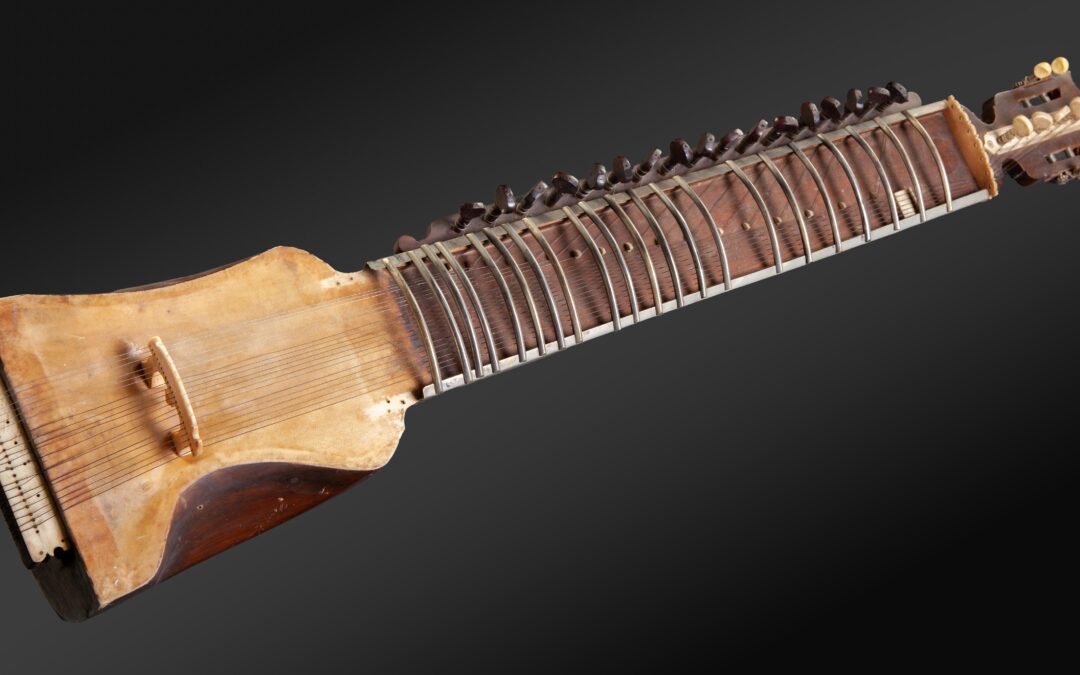
by mreichstadt | Nov 26, 2023 | Extra-européens-en
DILRUBA India 20th century. This fiddle, whose construction and playing are between the sarangi and the sitar, was described in the 19th century under the name of Kamancha, then subsequently, the name of Dilruba “which delights the heart” would have been...

by mreichstadt | Nov 26, 2023 | Extra-européens-en
TAR Azerbaidjan20th century. This lute from the rabàb family is a typical model of Caucasian workmanship in terms of the shape of the body, the organization of the fingerboard, etc. The body is hollowed out of a single piece of mulberry. The resonance table is...

by mreichstadt | Nov 26, 2023 | Extra-européens-en
TAMPURA South India. Probably from Tanjore (Thanjavur) in Tamil Nadu. The body of the instrument is hollowed out of a trunk of Tun wood (toona ciliata) to which is attached the neck of the same species also hollowed out. Tun’s wooden flat soundboard is...

by mreichstadt | Nov 26, 2023 | Extra-européens-en
DOTAR of the “SART” Central Asia: Tajiks, Uzbeks and Uighurs. 20th century. “Sart” refers to a vast territory distributed between these different countries and inhabited by sedentary populations. Here, the resonance box is not hollowed out of a mulberry trunk,...

by mreichstadt | Nov 26, 2023 | Extra-européens-en
DOTAR (Model n°1) IRAN, Khorasan province. Afghanistan, Herat province. 20th century. This long-necked lute is played in the east of Iranian Khorràssàn and more particularly around the town of Torbat-e-Jàm, (1) The classically crafted resonance box, hollowed...





